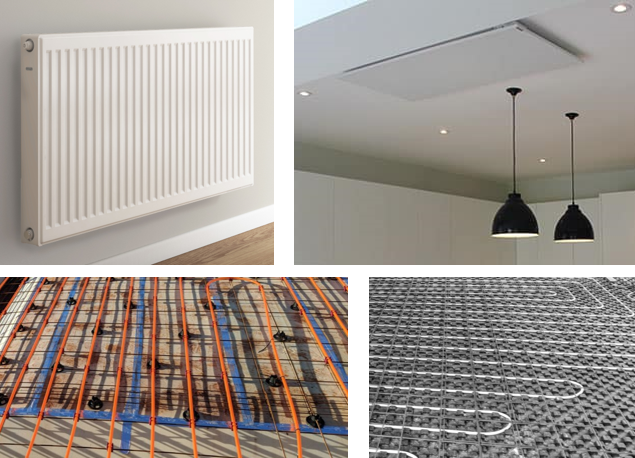
Use your solar power for electric underfloor heating and radiators. This BLOG explores your options including:
- Electric resistance systems
- Hydronic heating systems
- Underfloor systems
- Radiator panels
For cooling systems, heat pumps using fan-coil convectors are best, including:
- Air-to-air reverse-cycle air conditioners
- Air-to-water hydronic heat pumps in reverse cycle cirulating chilled water
Costs:
- Hydronic systems are a lot more expensive to install but add greater capital value to your home
- Electric resistance systems are much cheaper to install but a lot more expensive to run, therefore use:
- With as much solar power as you can
- As a short-term approach with a hydronic system later
- For bedrooms with lower set temperatures
- For bathrooms with short run times
Help reduce global warming:
- Install solar panels for most of your power
- Choose green energy for the additional power you need from the Grid
- Save power:
- Improve the thermal performance of your house
- Wear a jumper and lower your thermostat temperatures in winter
- Use fans and raise your thermostat temperatures in summer
- Zone off unused spaces
- Consider heat recovery ventilators
Improve comfort:
- Electric underfloor heating and radiators give you a cleaner, fresher house:
- These systems do not stir up dust, airborne pollen and other allergens
- Better for people with breathing issues such as asthma
- Lower your panel temperatures to:
- Reduce running costs
- Make it easier for a hydronic heat pump, hence lower running costs
- Electric systems are safe:
- There are no pilot flames
- There are no gas leaks to worry about
Mix and match:
Consider a mix of hydronic radiant systems with electric element systems to lower installation costs with reasonable running costs.
Electric undertile mats are cost effective for bathrooms whereas heat pump systems are better for large living spaces.
For a two storey house, consider hydronic radiant systems at least for the ground floor. The rising heat will reduce the heating required upstairs.
Therefore, if your bedrooms are located on the first floor, electric radiator panels could be considered for each room.

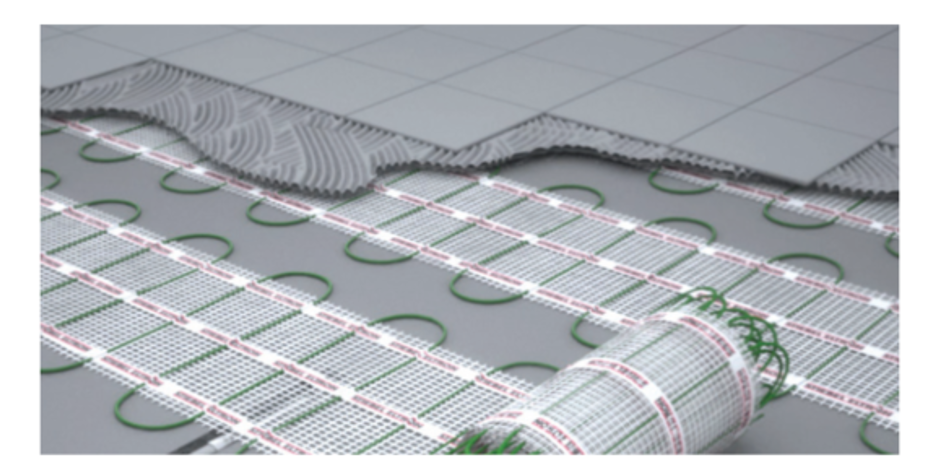
Underfloor Radiant Systems:
Underfloor systems are more radiant than radiator panels. There are two types:
Both systems provide:
- Luxuriant and even radiant heating
- Room zoning to reduce power demand
Consider with a new building, renovation or extension. You can retrofit to an existing building but it will be more expensive.
Hydronic underfloor systems
Hydronic underfloor systems provide the most luxuriant form of heating. However, they are expensive to install but very economical to run. This makes underfloor systems highly desirable.
Consider the installation cost as adding to the capital value of your home.
Hydronic underfloor systems are:
- Designed for large spaces
- Ideal for high cathedral ceilings or ceiling voids
- Able to heat and cool with a hydronic heat pump
- Expensive to install but cheap to run
Underfloor hydronic systems can be installed:
- In a new concrete slab
- In a screed layer over top of a concrete slab
- Over a suspended floor using a thin layer of self-levelling screed in support panels
In-slab underfloor hydronic systems:
- Take longer to heat up than in-screed systems
- Are less expensive to install than in-screed systems
- Use the thermal mass of your concrete slab like a battery storing solar thermal energy for release at night
Undertile heating mats
Undertile heating mats use electric resistance to generate heat. All appliances that use electric resistance are expensive to operate, including:
- Oven
- Cooktop
- Kettle
- Hair dryer
- Etc
However, if they are used for a short time, their power demand is acceptable.
Electric undertile mats should be used similarly, for a short time. This makes them suited to bathrooms or bedrooms with timers to limit their runtime.
Undertile heating mats are much cheaper to install than hydronic systems, but they are 4 to 5 times more expensive to run.
However, hydronic undertile heating in bathrooms is much more expensive to install. Therefore, it only makes sense if you are installing hydronic systems elsewhere in your house.
Hydronic Radiators
Hydronic radiator panels transfer heat by radiation and also convection. Warm air rises through the middle of radiator panels to heat your rooms.
Hydronic radiators are a good choice with suspended floors. Run the hydronic pipes under the sub floor.
Good insulation and air tightness will improve effectiveness by reducing room heat loss.
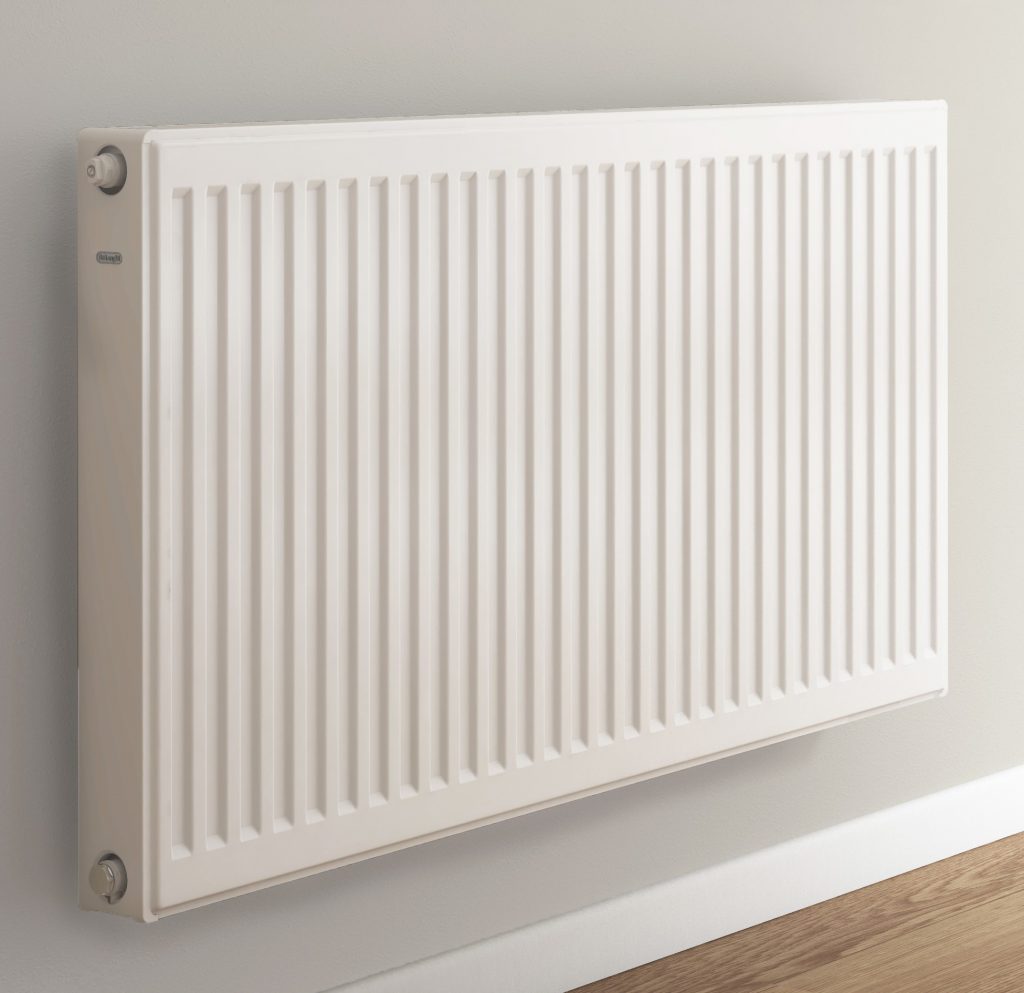
Types
- There are a wide variety of radiators available including:
- Standard ribbed panels
- Flat linear panels that blend better to your walls
- Architectural and vertical panels to fit specific décor and tight spaces
- Towel rails in both Landscape and Portrait orientation
Features
Features of radiator panels:
- They provide heating only, cannot cool
- Radiator panels heat using radiation and convection
- Heat pump radiator systems can be designed for high temperature, up to 75-degrees.
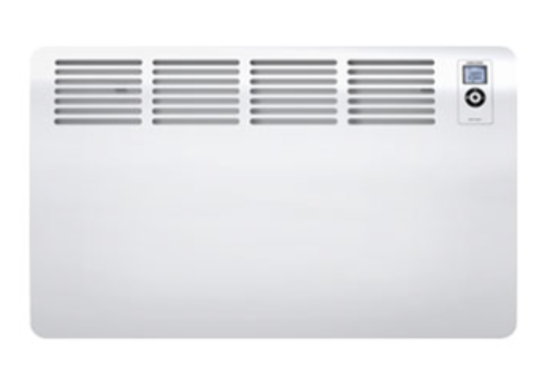
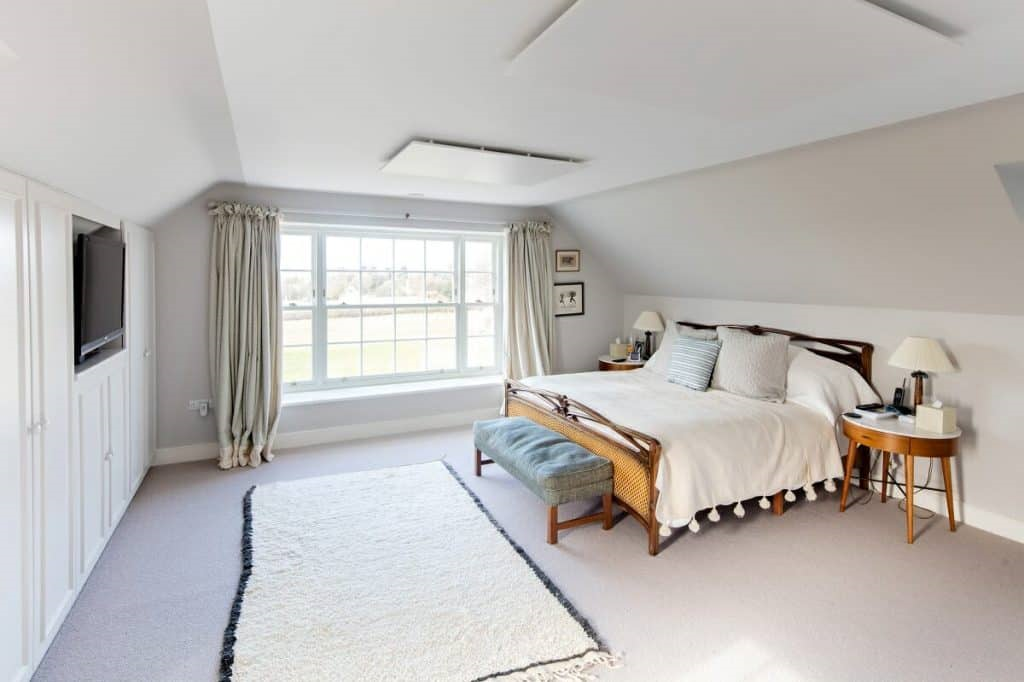
Electric Resistance Panels
There two types of electric resistance panels available:
- Electric panels providing radiant and convected heating
- Infrared panels providing radiant heating only
Consider electric-resistance panels if you have a tight budget or looking for temporary solution:
- Cheaper to install than hydronic systems but more expensive to run
- Suited to small areas such as bathrooms and bedrooms
Choose:
- Electric panels if your house is air-tight and well insulated
- Infrared panels if your house is leaky and poorly insulated but the heat will stop as soon as they are turned off
Operating Cost Comparison
The operating costs of electric underfloor heating and radiators vary significantly. The following uses the Coefficient of Performance (COP) to compare them:
- COP is the ratio between the heat output over the power demand (kW).
- Hydronic heat pump performance varies with outside air temperature, humidity and inside set temperature, so the following is an average guide for the winter climate of Melbourne.
- Efficiency will be better with good home insulation and air tightness.
Hydronic Systems
Underfloor:
- Hydronic underfloor systems use the lowest water flow temperature, which is easiest for a heat pump.
- Therefore, they have a typical COP range between 4 to 5, hence the most efficient system.
Radiator Panels:
It is better to design hydronic radiator panel systems for 60-degree water to improve their COP performance. However, high-temperature systems are available if required.
- Hydronic radiator panels use hotter water than underfloor systems, which requires more work from a heat pump.
- Therefore, their COP typically ranges between 3 and 4.
- Hydronic radiator systems are less efficient than underfloor systems.
Electric Resistance Systems
Electric resistance heaters have a COP of 1 making them much less efficient than hydronic systems.
They are well suited to very cold or alpine climates where the COP of hydronic systems is lower, making the efficiency difference less.
Infrared Radiators:
- Infrared radiators provide heat from radiation only. There is no convection, hence no heat loss from the air.
- This makes them ideal for outside applications including decks, restaurants and cafes.
- They are suited to rooms with short, quick heating requirement such as bathrooms.
- The heat stops instantly as soon as the radiator is turned off.
Under Tile Heating Mats:
- Under tile heating mats provide heat via re-radiation from the heated floor surface.
- Darker colours re-radiate heat better than lighter colours.
- The floor is heated by conduction from warm electric elements underneath.
- Electric under tile heating mats cost less to operate than electric resistance radiator panels.
Solar Power
Electric underfloor heating and radiators are most beneficial when paired with solar panels. With sufficient solar panels, the higher cost of running electric resistance systems is not so costly.
However, hydronic systems will give you more available solar power for other appliances including an electric vehicle charger.
